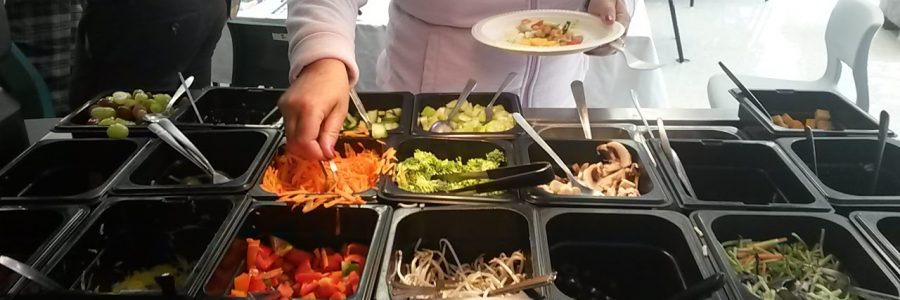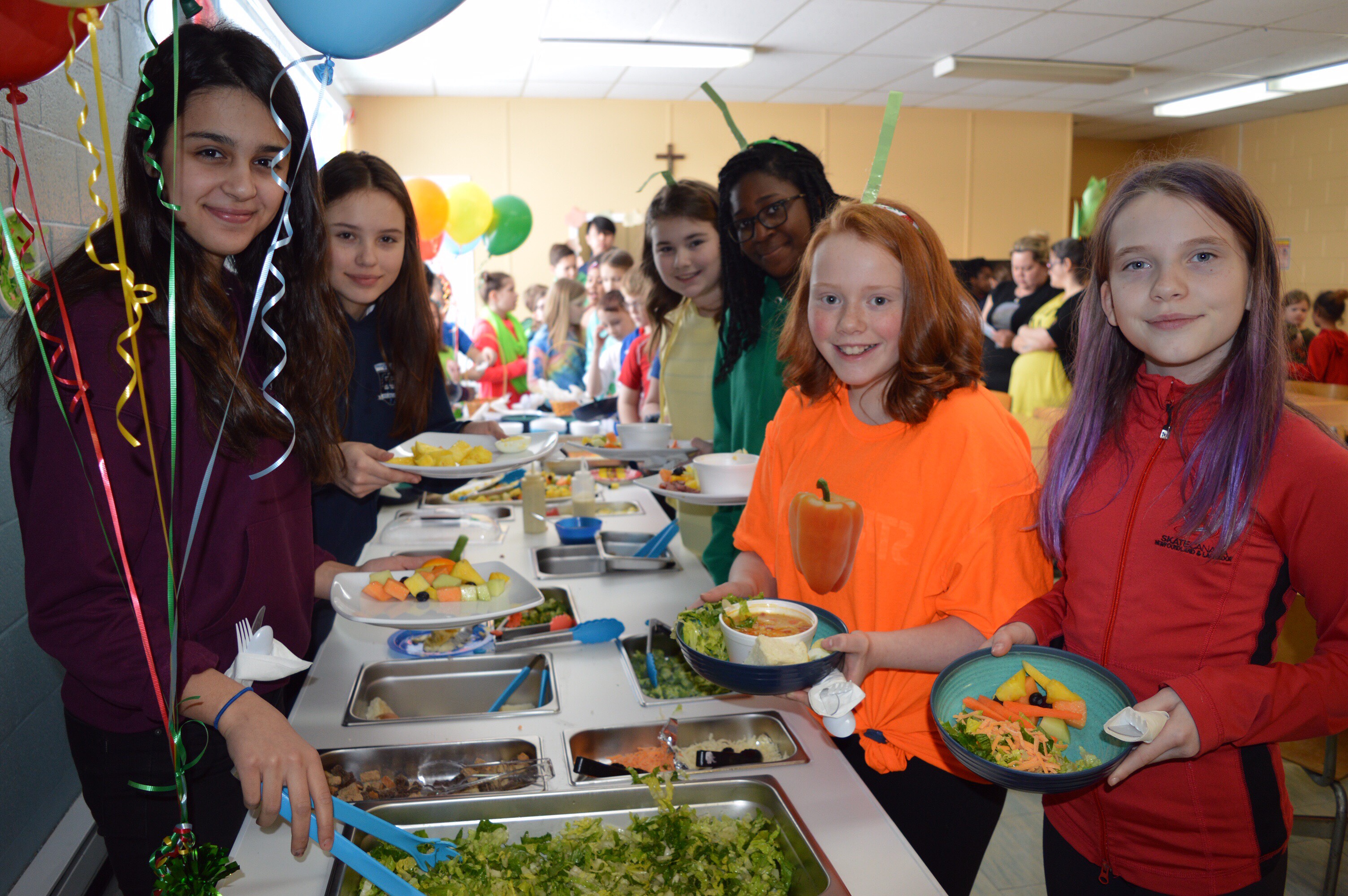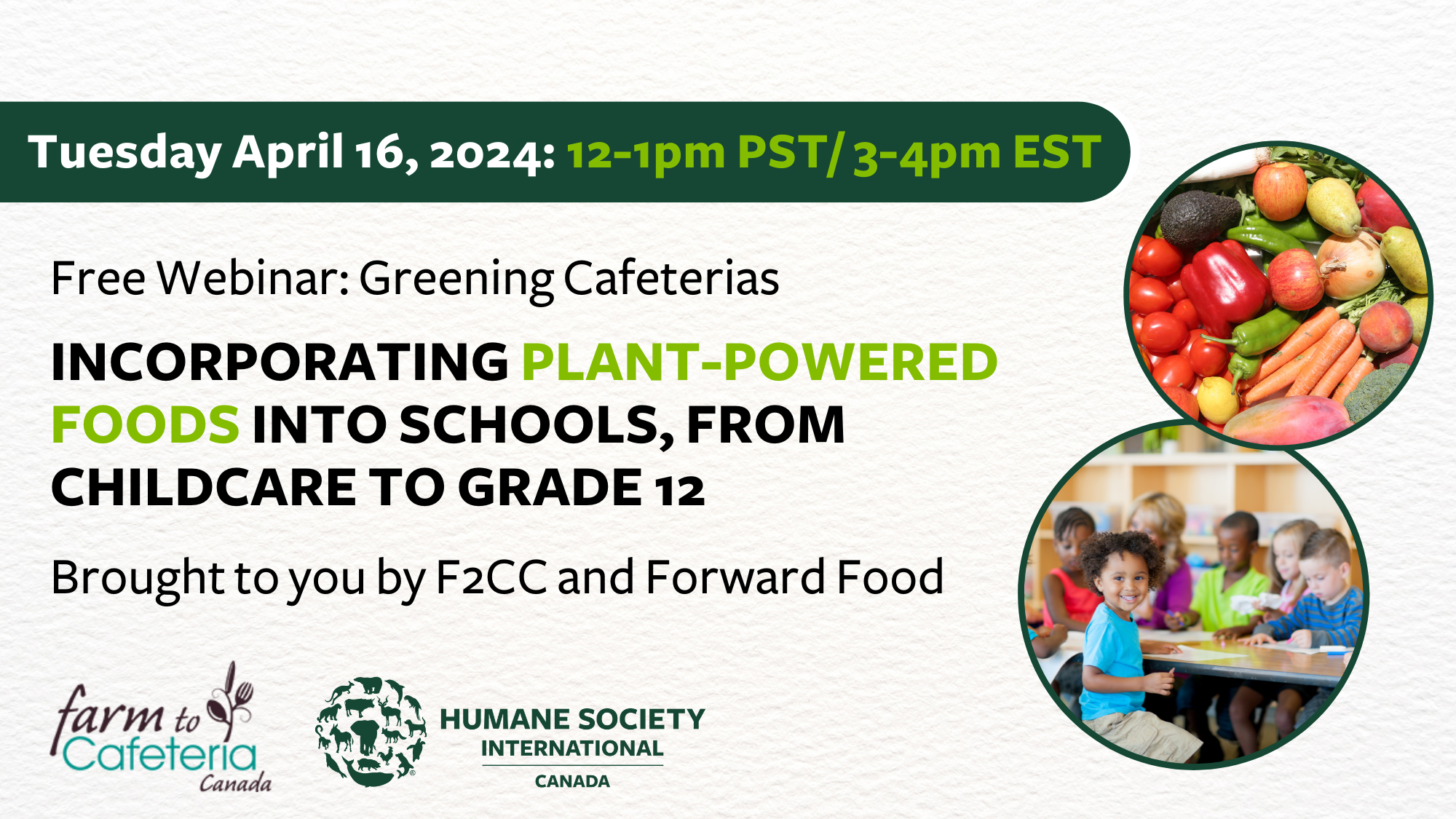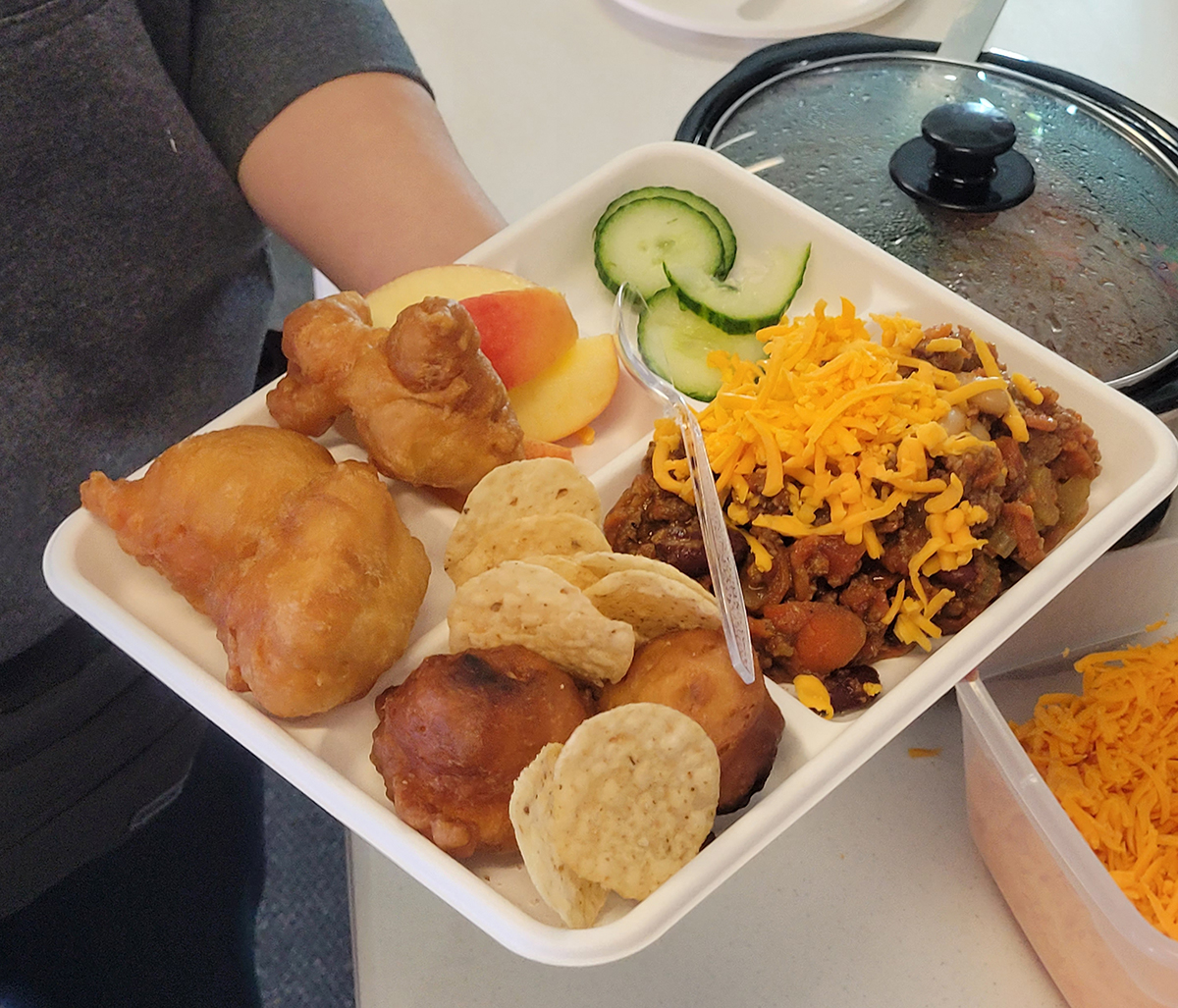Norman Johnston Secondary Alternate Program is the poster child for high impact school food programs.
With Mark Frankish as the Foods Program teacher, Laura Cardiff as the Garden Program teacher and all round healthy food advocate teacher Sally Collins leading the charge, Norman Johnston has changed the way their students feel about coming to school.
As an alternate high school site, Norman Johnston serves students aged 16-21 for whom the traditional system has not been successful for a variety of reasons. Often students struggle with mental health, addiction, poverty, or social exclusion. Sally Collins believes that teaching about self-care, including healthy eating should be a priority. Looking around the school, Sally saw students who were not getting the nutrition they needed, which was affecting their school work.
Five years ago, Sally won a $50 000 Healthy Eating Grant for the school. With this money, she had a foodsroom built at the school providing a space with a stove, fridge and sink. The program has expanded from there. Teacher Mark Frankish, who has extensive background in the food services industry, was hired as the Foods Program teacher. Most days, students in the Foods Program make a healthy lunch for 20-35 students. Getting the students to eat homemade foods that are unfamiliar is always a challenge, but Norman Johnston teachers and staff have persevered. In fact, in 2017 the last vending machine was removed and only one student complained. And the food is available to all students. “Everyone should be able to try new foods” says Sally Collins. Cost, she believes, should not be a barrier for students to eat healthy meals.
In 2017, Norman Johnston was the only school in Ottawa to receive a $10 000 salad bar grant fromFarm to Cafeteria Canada. With this money, they purchased an industrial dishwasher to increase the amount of food prep they could do each day and expanded their outdoor growing space. The students now make and serve delicious salads using school grown greens every week and for special school events. The Foods Program at Norman Johnston is structured around a holistic Farm to Table model with the students growing and cooking much of the food themselves. Sally Collins says the meals the students make are “made from the healthiest food that the kids will eat”. That means pushing the envelope with some things while using other, more familiar ingredients. For example, using white flour wraps to wrap some of the chicken salad wraps because the teachers know that the meal is more likely to be eaten and not wasted. READ MORE
Allegra Newman
www.ottawaschoolfood.ca





